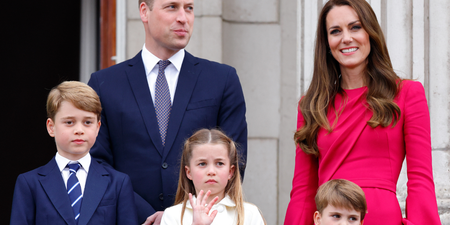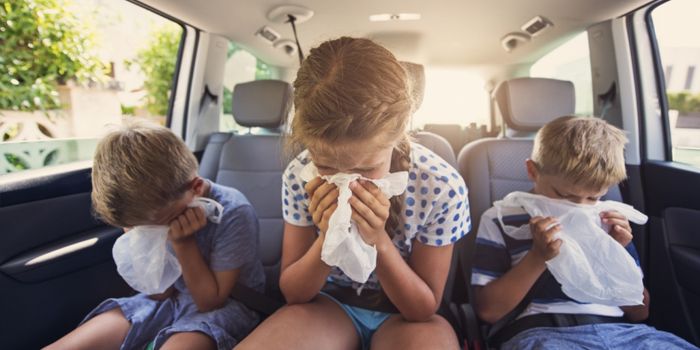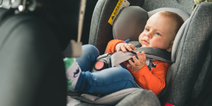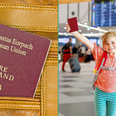It looks like we’ll be exploring our very own Emerald Isle for this year’s summer holidays.
Which is all well and good until you remember you have kids who are prone to feeling sick the minute you start up the car.
Fear not, parents – there is help to be found, so road trips could still feature in your family holiday future.
According to Parents magazine, motion sickness refers to feeling sick (nauseous, headache etc.) when onboard something in motion, be it a car, plane or boat, and can kick in at any age, affecting as many as half of all kids at some point in their lives.
Experts think that the reason some kids are bothered by almost any movement, while others are fine could possibly be explained by variations in the anatomy of a child’s inner ear, or also potentially be linked to feeling anxious or having had a bad experience on a previous trip.
However, once you are aware your little one(s) might be prone to feeling a bit icky once in the car, there are some steps you can take to minimise the chance of them starting to feel sick:
1. Position matters
Try placing your child’s car seat in the middle of the backseat so she has a clear view of the front window. As well as being in the middle, instruct your child to lean her head back against the seat rather than letting it move around.
2. Avoid screens
Look, we know screens could potentially make life easier for you on a long car journey, be aware that for kids that are prone to car sickness, screens should be a big no-no. The images from movies and video games (particularly those with fast-moving graphics) create excessive visual stimulation that can confuse a kid’s perception of motion and bring on symptoms. Note that reading may also cause a sensory disagreement, so you’ll be better off letting your kid listen to audiobooks or an iPod, or playing car-games with you, such as the aul’ classic “I spy.”
3. Timing is everything
If possible, it’s a good idea to schedule car rides to coincide with your child’s naptime, since visual cues aren’t sent to the brain when he’s sleeping. For longer car journeys, travelling after dark is another smart strategy, since it eliminates most of the visual signals.
RELATED ARTICLES
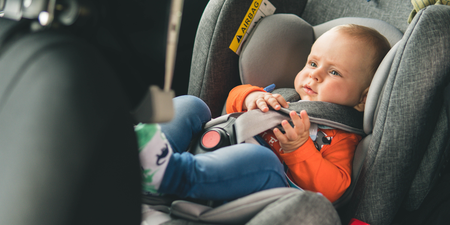
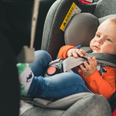


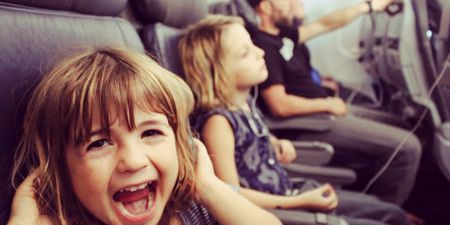

MORE FROM HerFamily
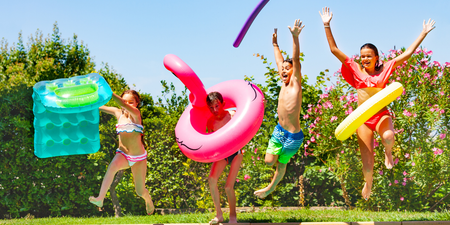



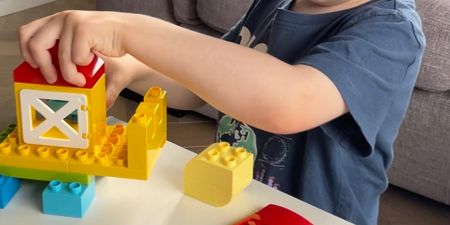
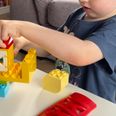






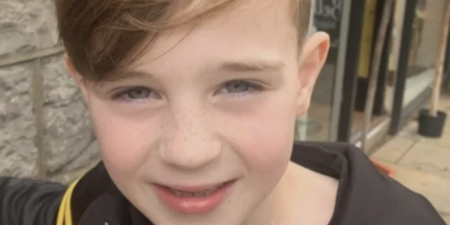
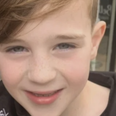
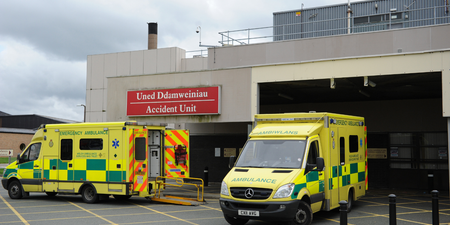









MORE FROM HerFamily
